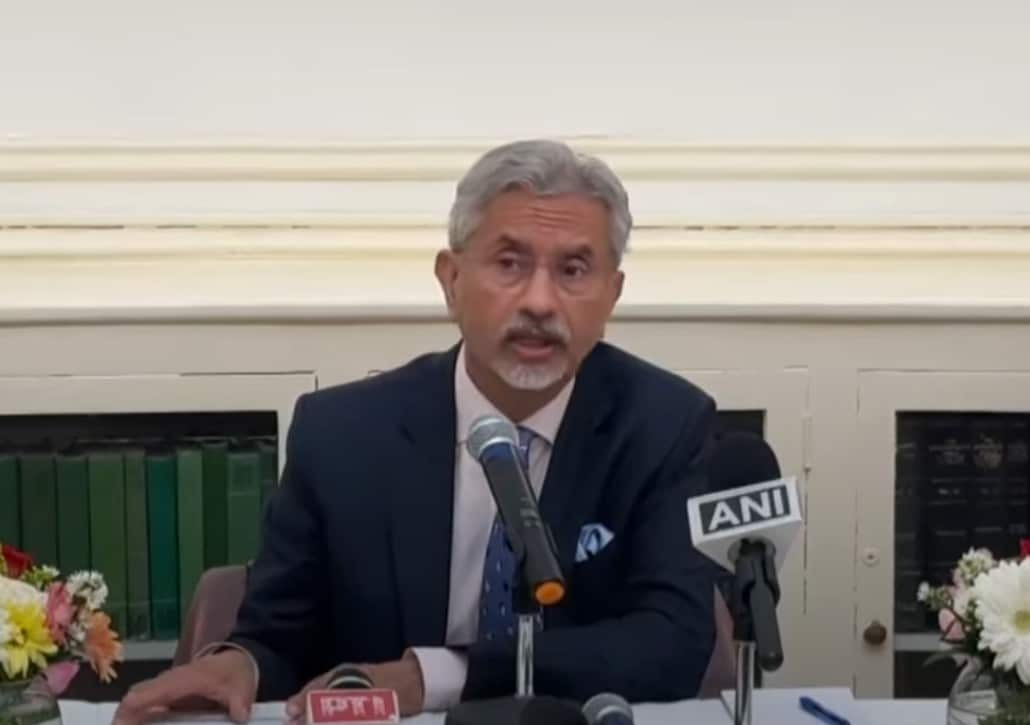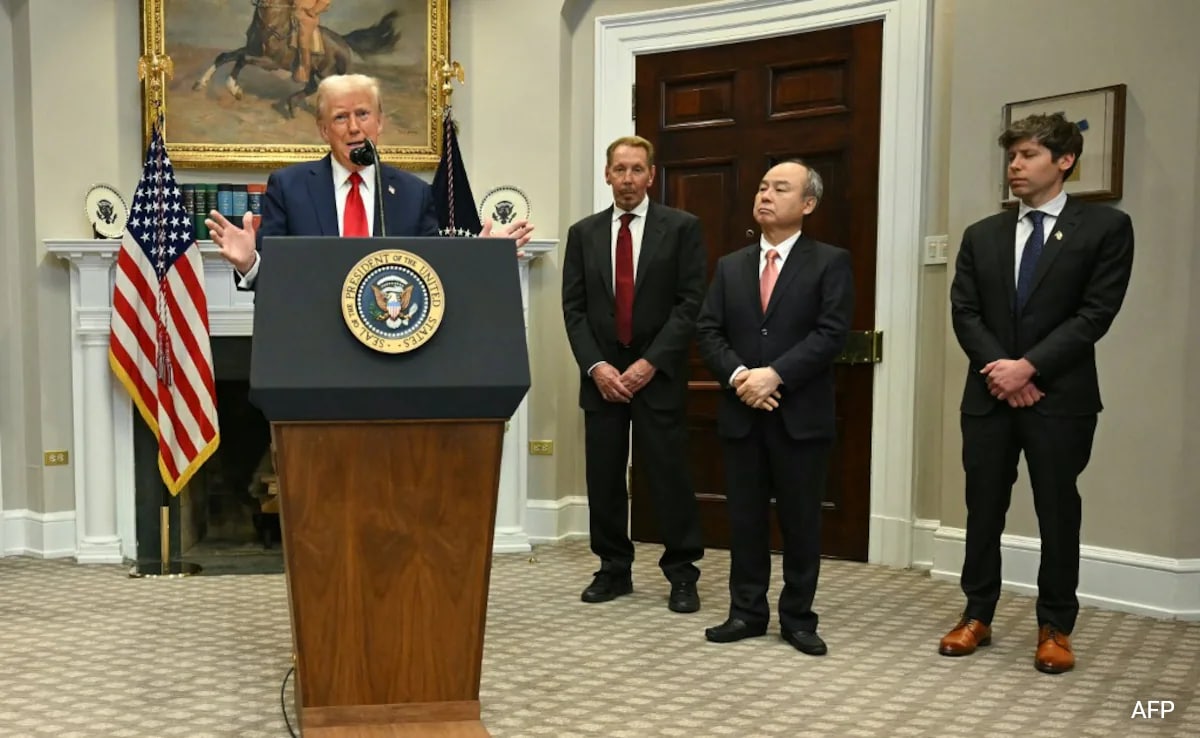A breakthrough in auroral research has been made through artificial intelligence, aiding scientists in the classification and study of northern lights. Over 700 million images of auroral phenomena have been sorted and labelled, paving the way for better forecasting of geomagnetic storms that can disrupt critical communication and security systems on Earth. The categorisation stems from NASA’s THEMIS dataset, which records images of auroras every three seconds, captured from 23 monitoring stations across North America. The advancement is expected to significantly enhance the understanding of solar wind interactions with Earth’s magnetosphere.
Dataset Categorisation and Techniques
According to reports in phys.org, researchers at the University of New Hampshire developed an innovative machine-learning algorithm that analysed THEMIS data collected between 2008 and 2022. The images were classified into six distinct categories: arc, diffuse, discrete, cloudy, moon, and clear/no aurora. The objective was to improve access to meaningful insights within the extensive historical dataset, allowing scientists to filter and analyse data efficiently.
Jeremiah Johnson, associate professor of applied engineering and sciences, stated to phys.org that the vast dataset holds crucial information about Earth’s protective magnetosphere. Its prior scale made it challenging for researchers to effectively harness its potential. This development offers a solution, enabling faster and more comprehensive studies of auroral behaviour.
Impact on Future Research
It has been suggested that the categorised database will serve as a foundational resource for ongoing and future research on auroral dynamics. With over a decade of data now organised, researchers have access to a statistically significant sample size for investigations into space-weather events and their effects on Earth’s systems.
Collaborators from the University of Alaska-Fairbanks and NASA’s Goddard Space Flight Center also contributed to this project. The use of AI in this context highlights the growing role of technology in addressing challenges posed by vast datasets in the field of space science.




